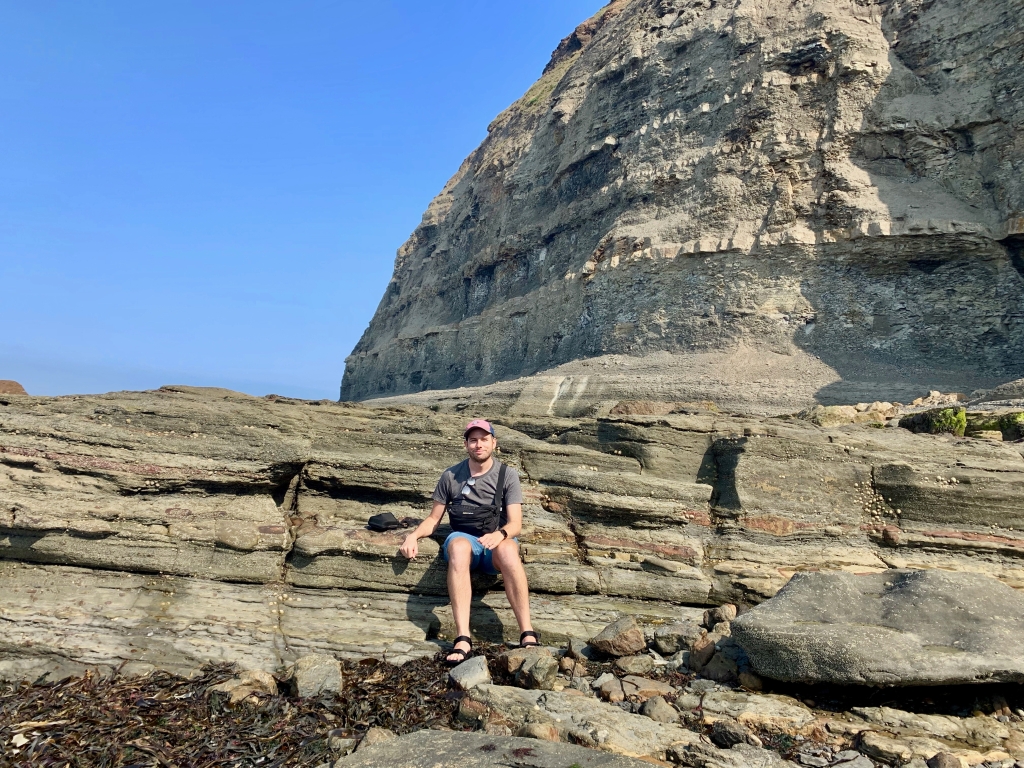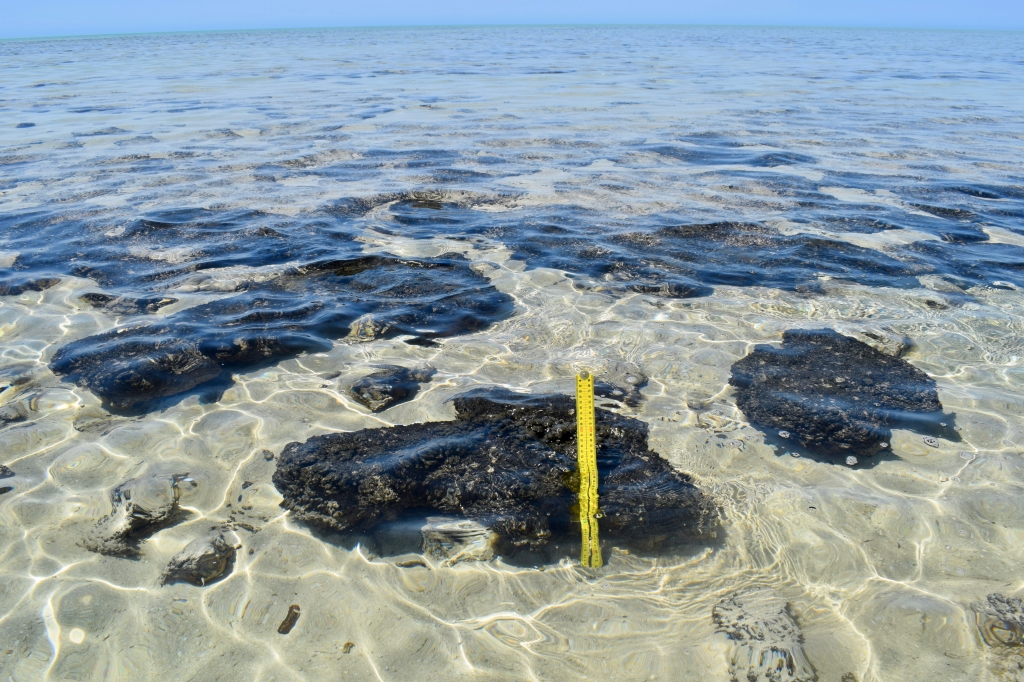
Project MoVE: Mechanisms of Vanadium Enrichments in shale-hosted deposits: insights from a novel redox tracer
Project MoVE employs a cross-disciplinary approach combining the novel V isotope redox proxy with traditional stable isotopes and microbial V reduction experiments. This project will refine models for the genesis of global V shale-hosted deposits and pioneer collaborations between ore geologists, isotope geochemists and micro-biologists.

Stromatolites as archives for the oxygenation of Early Earth
Oxygen was, and is, crucial to life on Earth. Microbial life likely played a key role in the initial oxygenation of Earth’s surface over two billion years ago during the Great Oxygenation Event, but this is long-standing debate in Earth’s history. Understanding geochemical processes and signals recorded in layered microbial carbonates, known as stromatolites, may be key to unraveling the past and detecting early life on other planets. More here (in progress).

Archives of past climate change in the ‘Cradle of Humanity in Lake Chew Bahir, Ethiopia
There are many early hominin sites around the Great Rift Valley in modern Kenya and Ethiopia. Lakes in the rift valley, such as Lake Chew Bahir in southern Ethiopia, are valuable sedimentary archives for understanding potential links between early migration and past climate change. More about these fascinating sedimentary records here… (in progress).

Unlocking the secrets of groundwater processes at Rottnest Island, Western Australia
Carbonate island aquifers supply drinking water to millions of people worldwide. In many places, this finite resource is being depleted due to high rates of groundwater extraction and anthropogenic climate change, affecting groundwater quality. More here (in progress).

The landscape response to climate change in the Gulf of Carpentaria, northern Australia
Australian is defined by it’s friendly kangaroos, fires and droughts, but it wasn’t always so. Before humans arrived, the kangaroos were giant and carneverous and there were less fires as the climate was generally wetter before slowly drying out over the past million years. The modern Gulf of Carpentaria is an epicontinental sea in northern Australia, but was once actually a freshwater lake with a landbridge to the island of New Guinea. More about the Late Quaternary history of northern Australia here… (in progress).